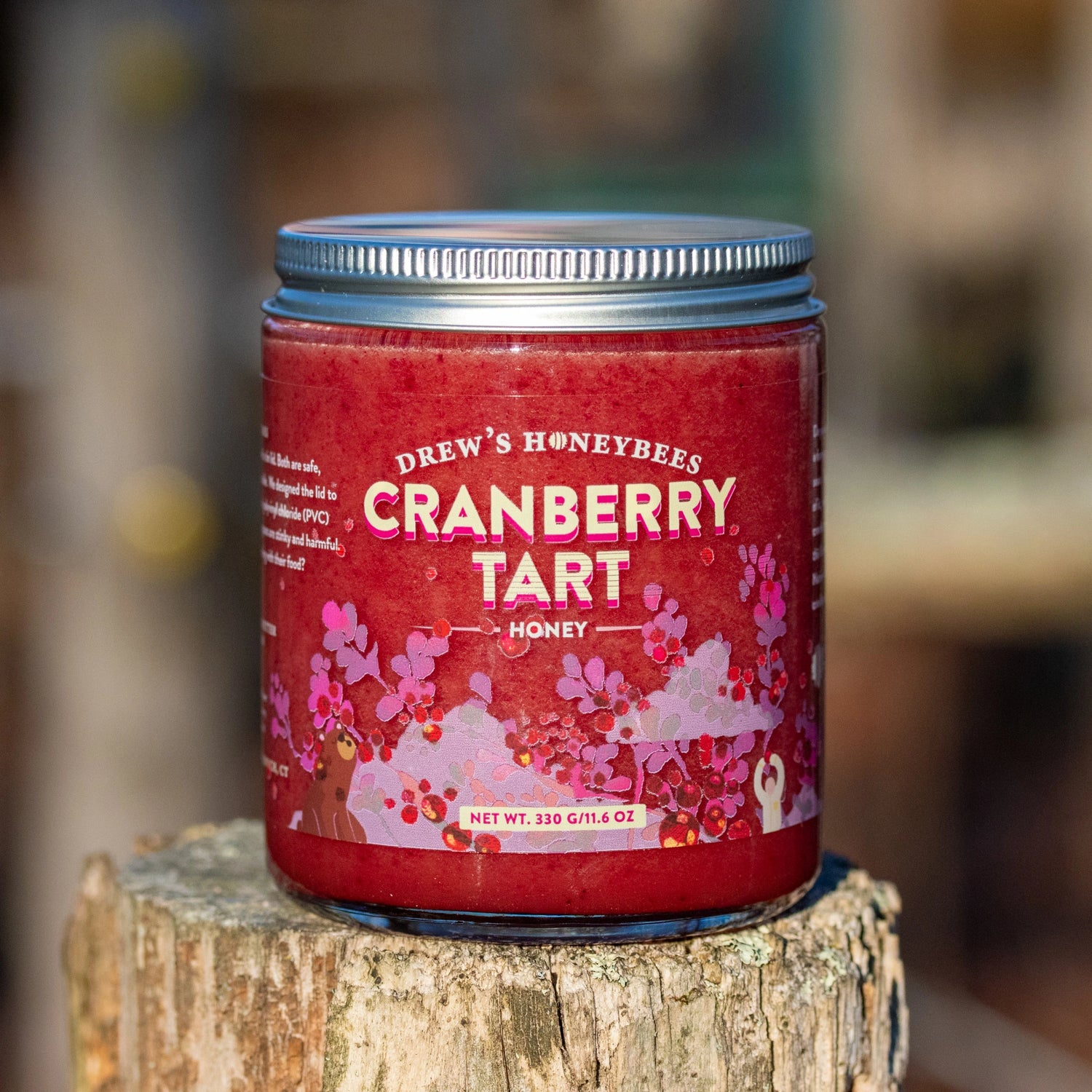Beeswax, Ancient Humans and Our Challenge
Beeswax–chemistry, history and the good possible in agriculture if we demand it.
By Andrew Burnett - 5 Min Read

When most people think of the honeybee, they think of honey. But as the most nobly industrial creature on this planet, the honeyee produces much else–pollen, venom, propolis and beeswax. The biggest contribution of honeybee is not a product but a service–pollination. All else pales in comparison. But as beeswax features in our products, I want to examine the historical interaction between humans and this unique substance.
Understanding the relationship between honeybees and humans combines the archaeological record and logical guesses. The relationship likely extends back to hunter-gatherers, who likely disrupted hives then fled, returning when the buzz had subsided. Moreover, it is likely that other human species occasionally delighted in the bounty of the honeybee. Homo neanderthalensis (neanderthals) shared a range with the honeybee and likely possessed tools and cognition that would allow the planful collection of the bounty of wild honeybee hives. At some point, humans, perhaps including neanderthals, discovered that smoke helped temper the bees’ defensive response. The oldest archaeological evidence of human-bee interaction is cave paintings in Valencia, Spain dating back about 8,000 years. They depict a person collecting honey and comb from a beehive using a smoking torch.

We know much more about the Ancient Egyptians' relationship with beeswax due to their development and use of writing–hieroglyphics. Ancient Egyptian theology held that honeybees were a divine gift from Ra, the sun and creator god. Bees came from his tears, which turned to bees when they fell upon the earth. This made the outputs of the beehive, including beeswax, theologically significant. Egyptians used beeswax in embalming–to seal the ears, eyes, nose, mouth and incisions–forming an airtight seal against moisture. The Egyptians used beeswax to preserve their writings on papyrus and stone, leaving the writings preserved for more than 4,500 years in some instances. They even used beeswax in health remedies, both topical and ingested. For topical remedies, Egyptians made perfumed unguents–basically a balm. They used beeswax and oils mixed with aromatic substances such as frankincense, myrrh, rose, anise, cinnamon, vanilla and thyme, like we do today. Metallurgists sculpted beeswax and coated the object in clay, hardening it with heat. Exposed to heat, the beeswax melted, leaving a clay cast of the original beeswax object. Smiths could then pour molten metal into the clay to recreate their beeswax carving in metal.
The ancient Chinese praised the health benefits of beeswax from Apis cerana, the Asian honeybee. One of their most revered books on mythology and medicine was the Shennong (神農), meaning "Divine Farmer.” The Shennong was named for a mythological Chinese ruler, deified in Chinese folk religion. Mythology holds Shennong taught the ancient Chinese how to cultivate the land and benefit from the fruits of their labor. The Shennong extolled beeswax for its regulation of circulatory and energy systems, or chi.
"Simply put, this most able pollinator puts food on your plate. Most plants reproduce sexually–a sperm (pollen) must fertilize an egg cell. Plants lack what scientists term motility–movement, in this case, to reproduce. The honeybee gets it done."
Beeswax was also a source of light in the ancient world. Beeswax candles burn brighter and cleaner than tallow–animal fat candles (or petroleum–called paraffin–for that matter!). Early Christians hid their worship from Roman authorities, often worshiping in catacombs. While it is possible early Christians used beeswax for illumination, it is unlikely. Beeswax candles were likely too expensive for a marginalized sect. When the Roman emperor Constantine protected and then converted to the then-obscure sect of Christianity, beeswax candles became sacred objects. In 1937 Reverend Ryan wrote, “[worship lighting] was taken over from paganism by the early converts to Christianity, just as other customs (incense, flowers, pilgrimages, etc.) which had been associated with pagan worship were claimed by Christianity on the principle that such practices are not specifically pagan but only natural and may therefore rightly be rescued from evil associations of false religion and consecrated to the service of the True Religion;” The Catholic Encyclopedia (1908) goes further. As the worker honeybee is a female virgin, “the wax is therefore regarded as typifying in a most appropriate way the flesh of Jesus Christ born of a virgin mother.” Not to spike the football or anything, but female worker bees are fully capable of virgin births.

Since the time of the ancients, the importance of the honeybee has only grown. In addition to remaining a storied, beloved creature, the honeybee underpins our industrialized agricultural system. Simply put, this most able pollinator puts food on your plate. Most plants reproduce sexually–a sperm (pollen) must fertilize an egg cell. Plants lack what scientists term motility–movement, in this case, to reproduce. The honeybee gets it done. With her hairy body bathed in pollen, flying from blossom to blossom, she carries out this reproductive necessity–she unifies sperm and egg. Without honeybee pollination, farming of all the fruits, veggies, nuts, and beans we love would falter. Please do not take this reality as a defense of industrialized agriculture–the arrangements of man. Industrialized agriculture blights ecosystems and harms creatures reliant on ecosystems (that’s all of us for those in the back, bees and humans included).

Given this grand past and indispensable present, how does Drew’s Honeybees fit in? Well, Drew’s Honeybees is more than Other Peoples’ Agriculture (OPA). We manage about 120 hives for pollination, honey, beeswax and propolis. We have our hand in the earth, with a weather eye to the horizon. We know and love the people who cultivate the earth with an eye to better human outcomes–even if we never know their name. There is much good–better human outcomes–in agriculture if we decide to realize it. Agriculture, markets, and commerce are human creations–they will be what we make. We choose the peace of mind of having done well–even if we profit less in the balance sheet sense (let’s be honest–the lesser sense.)
